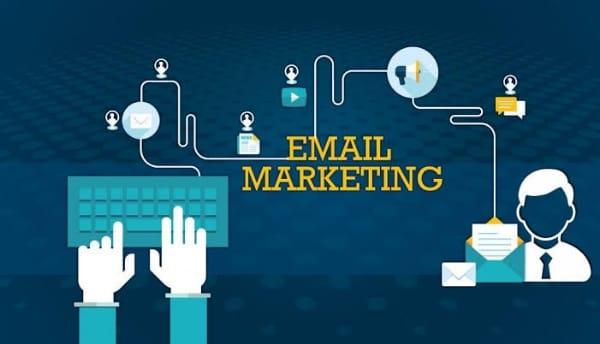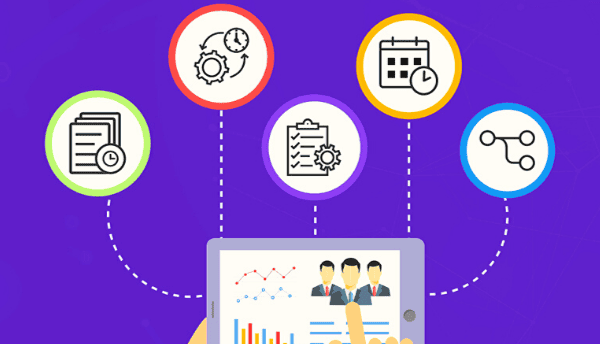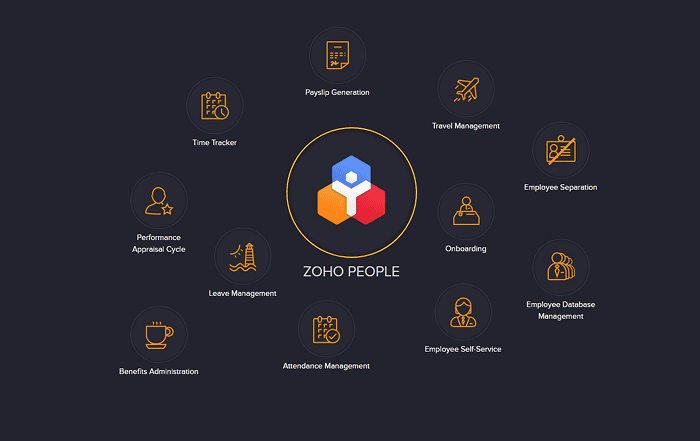
One of the most powerful forms of digital marketing is email marketing. Almost every company invests in it because of this.
According to email marketing statistics, approximately 4.3 billion people send emails to their customers. Not only that, but email is a major means of content distribution for a company. You may be putting forth a lot of effort to market your company and share content right now. It doesn’t matter if you don’t see results at the end of the day. The key performance indicators (KPIs) of email marketing are used to show the results.
Email marketing KPIs come in a variety of shapes and sizes. And each aim has its own set of KPIs, whether it’s for generating leads, raising subscriber numbers, or increasing product sales. As a result, depending on your company goal, you must assess them selectively.
What exactly are key performance indicators (KPIs) for email marketing?
The metrics that demonstrate the performance of different components of an email campaign are known as key performance indicators (KPIs). Their analysis may differ depending on the company’s purpose, as previously noted.
Understanding the following email marketing KPIs is beneficial:
- What is the person’s email communication style?
- Do you know if they’ve opened it?
- What was the number of people who responded?
- There are plenty others. With the use of email marketing KPI data, these and many other questions may be simply answered.
Email marketing KPIs and metrics
You must track the following email marketing metrics and KPIs in order to effectively run, measure, and manage your email marketing campaigns.
The email
An open rate, as the name implies, is the percentage of persons who opened your email out of all the emails sent. Although email open can assist you in determining the success of your campaign, it is ineffective.
When an email is sent to a consumer, it contains a tracking pixel, which is a little image that cannot be seen. The email will be marked as open if that image is downloaded. Image blocking, on the other hand, is widely used for internet security. As a result, even if they open the email, it won’t be counted as an open.
The rate of email delivery
The email deliverability rate indicates how many emails made it to the recipient’s mailbox. Customers are expected to get all emails sent to them, although this is not always the case. The email may bounce back from the receiving servers on rare occasions. To effectively market the emails through multiple channels, and use repetitive tasks for various email marketing campaigns, these are some advantages of automation that businesses can use to offer a more personalized experience to their customers.
There could be a variety of reasons for this, all of which could result in poor delivery. A low deliverability rate can be caused by a number of circumstances.
- Making unsubscribing difficult for users
- Using a free-domain email account to send messages
- When sending the email, there was a problem with custom authentication.
Ratio of clicks
This KPI piques the interest of an email marketer.
The total number of persons who clicked on one or more of the links in your email is referred to as the click-through rate.
Because your email may contain numerous links, it’s critical to figure out which one drew the user in and where it went.
The rate of conversion
One of the main objectives of an email marketing campaign is conversion. When it comes to conversion rates, the formula is as follows:
Filling out a form, purchasing a product, downloading an eBook, and so on are examples of possible actions. A conversion is defined as the number of people who clicked on the link and took the required action.
You may fine-tune your marketing plan to work in that direction once you know this. If you have a link at the top of your email that gets a lot of clicks, that suggests your email is well-designed.
Benefits of email marketing

Image credit: Unsplash
You can leverage email marketing for various reasons. Some of the most common include:
- Build relationships: Through tailored participation, you may build relationships with email marketing.
- Increase brand awareness: By distributing helpful material, you can keep your company in the thoughts of your prospects until they are ready to engage.
- Promote content: You can share relevant blog posts and other important stuff with your subscribers through email marketing.
- Get your readers to join up for your newsletter or other informative site and offer their personal information to generate leads.
- Market items: You may use email marketing to market and promote your products and services.
How to make email marketing strategy
Establish who you’re speaking to
To effectively communicate with your audience, you must first understand who they are. Know everything there is to know about your brand’s demographics. Talk to individuals, figure out what they want, and then develop a strategy based on their requirements.
Make your objectives clear
Think about what you want to achieve with email before launching your first email campaign. This will assist you decide what kind of information to send, who to send it to, how to format the email, and how to track your progress.
Align your email marketing objectives and KPIs with your company’s overall marketing goals and KPIs to set the right targets for your campaigns. Do you have any plans to expand the number of people who subscribe to your newsletters?Do you want to increase the number of leads your sales team receives?
Create an email list
It’s time to concentrate on your email list now that you’ve decided what you want to accomplish with email marketing. Depending on your objectives, there are a few various approaches to building an email list.
Select a type of email campaign
You can send your subscribers a variety of email campaigns, depending on the objectives you set before.
Let’s have a look at the many types of email campaigns and how they might assist you in meeting your email marketing objectives.







